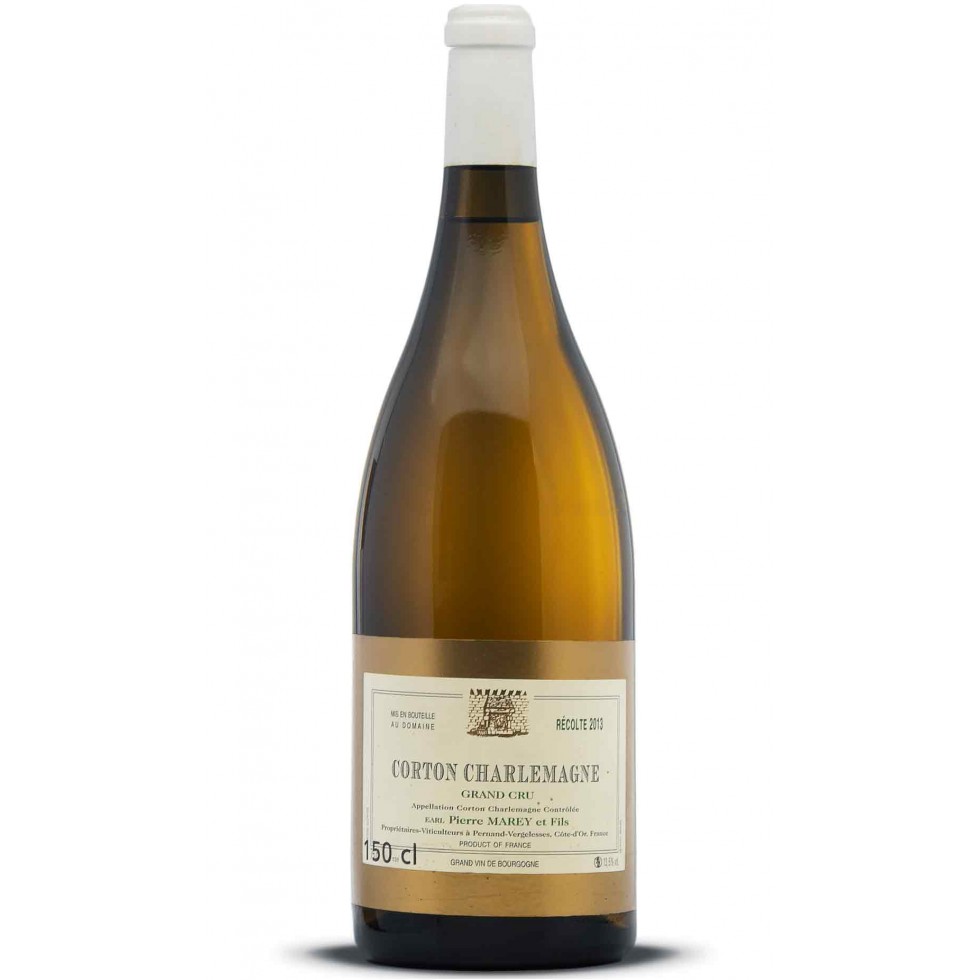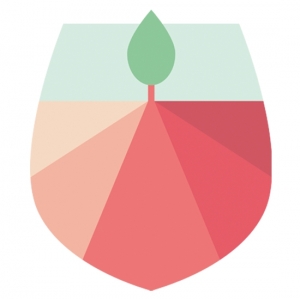appellation
Corton Charlemagne
Characteristics of the wines
Pale gold in its youth and adorned with green reflections, Corton-Charlemagne takes on amber and more yellow nuances with age. Infinitely delicate, its bouquet expresses, in buttery tones, baked apple, citrus, pineapple, lime blossom, fern, juniper, cinnamon and flint. Honeyed notes are frequent. Leather and truffles are an escort to
old vintages (up to 25 to 30 years). The glass and the palate are filled with a powerful breath. With its virulent richness, the Chardonnay surprises here by its concentration, its distinction and its balance. Rarely does the grace of the grape variety establish such a close link with the character of its terroir.
Sommelier's tip
The breath, richness and distinction of Corton-Charlemagne indicate a remarkable acidity, perfectly controlled by a round opulence in the mouth, which should be combined with noble and delicate dishes, but themselves powerful and aromatic. The natural candidates will be foie gras, whose bitterness will be framed by minerality and potency
wine, than, more classically, noble crustaceans, whose delicately strong flesh leads to a spectacular harmony: lobster, lobster, crab... Poultry and veal in white sauce will also do it justice, as will blue cheeses.
Serving temperature: 12 to 14 °C.
Situation
On the border between the Côte de Nuits and the Côte de Beaune, leaning towards this side, between 280 and 330 metres above sea level, the Corton-Charlemagne is largely exposed to the south-west (rare in the Côte). High and rounded on its three wine-growing sides, the Montagne de Corton brings together here the villages of Aloxe-Corton (Le Charlemagne Climate), Pernand-Vergelesses (Charlemagne Climate) and Ladoix-Serrigny (some Climats in whole or in part: Pougets, Corton, Languettes).
This vine was offered by Emperor Charlemagne in 775 to the collegiate church of Saint-Andoche in Saulieu. It will remain in this heritage for a thousand years! Still celebrating the emperor with the flowery beard today, the Corton-Charlemagne brings together the Climats Charlemagne and En Charlemagne as well as a few neighbouring and federated Climats under this banner (the AOC Grand Cru dates from 31 July 1937). Unlike the Corton, the name of the Climat does not appear on the label.
Terroirs
On steep slopes (20 to 23%) and on the highest part of the Montagne de Corton which offers a perfect geological section (younger Jurassic soils between Ladoix-Serrigny and Meursault, 145 million years old), marly soils whose colour varies (yellowish, ochre, brown), rich in clay. Limestone banks alternate with marls under a thin layer of rendzines.
Corton (mainly red) is produced halfway up the hillside on significantly different soils.
List of climats and localities of this appellation
Grands Crus
- Basses Mourottes
- In Charlemagne
- Hautes Mourottes
- The Charlemagne
- Le Corton
- Tabs
- Les Pougets
- The Vixens
Source: Burgundy Wines




